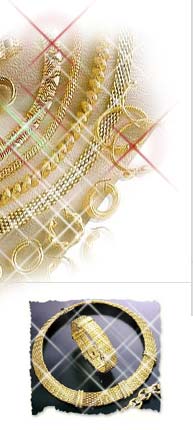 |
Where
quality matters............ |
Historic
Diamonds
- Introduction -
- Introduction -
| Infos Historic
Diamonds Copyright
by | Gems have fascinated mankind from time immemorial. The diamond is the most precious and moving of all these stones. Owing to its mysterious origin and rarity, its pronounced hardness, and , above all, the magic sparkle of its refracted light, these glittering little stones have long played a major role in the history of mankind. And there is nothing to indicate that its attraction for man will diminish in the foreseeable future. With the big, important diamonds, however - and these will be our subject on the following pages - a stormy history is often more important than outward perfection. Around many of these stones there was indeed woven a tissue of superstitious ideas and wild, gory stories and mysteries, reflecting the darkest fears and the brightest hopes of mankind. A brief example of the role as a symbol of sovereign dignity, which gems played in the royal houses in historical times, will be revealed to you when you check out the little story about the affair of the necklace .Many such stories and anecdotes have come down to us from the renowned French gem trader and globetrotter Jean Baptiste Tavernier about his many journeys which he undertook through the Far East for forty years beginning in 1631 . It was he who saw and described the famous peacock throne and the Grand Mogul; he bought the blue Hope, and he almost laid eyes on the Koh-i-Noor.He knew that no gem would truly become precious until it had a long history. Owing to the eventful past of many of these historic diamonds, there are differing accounts of their history. Thus, the data in one publication does not always tally with that of another. Surely there must be information contradictory to our report - which, unfortunately, cannot always be avoided, so, please, bear with us and the other authors. |
|
||

